Bagmati Province
For marginalised, access to media and information a major challenge during pandemic
The Danuwar community in rural Sindhuli is deprived of information regarding Covid-19 and facts are overshadowed by rumours.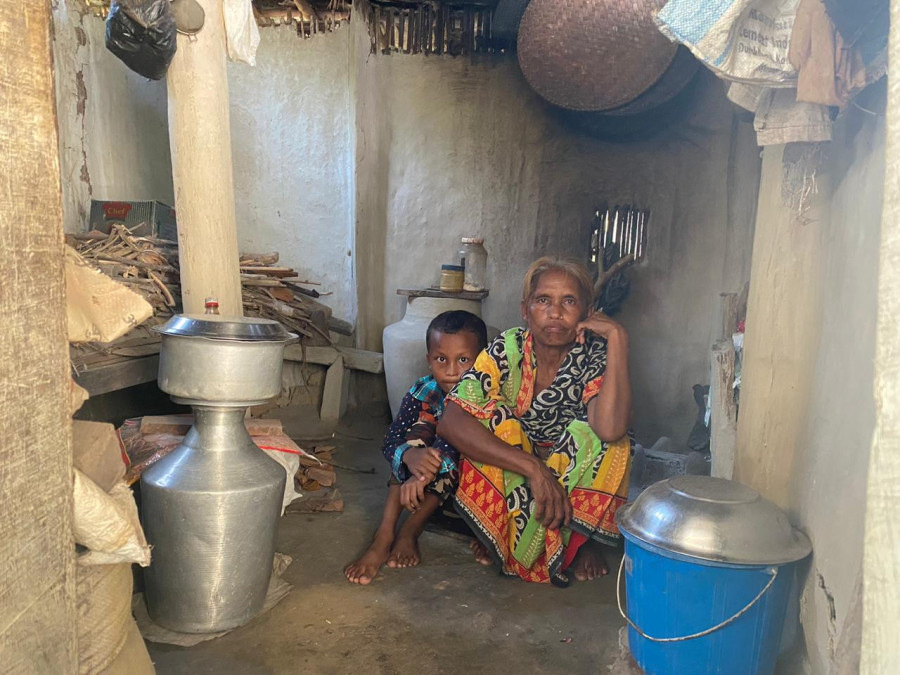
Samiksha Baral
One March morning, when Menuka Kunwar fed her goat, her only livestock, she saw a group of people troop towards her home in Danuwar Tole, a settlement isolated from the rest of the communities in Basaniya, Sindhuli.
The group, led by Budhiya Dhami, a senior member of Danuwar community, informed Kunwar that the community was collecting money to perform a ritual to protect the community from coronavirus.
This was the first time that the 67-year-old, heard of Covid-19, which was already declared a pandemic by the government and all non-essential services were suspended because of it.
“I was surprised to see people come to my house early in the morning and ask for a Rs 1,000 contribution for the ritual. That’s when I heard that there was something called “coronavirus”,” said Kunwar, who was told by village elders that the disease was a form of cholera.
“I understand how people suffer when they contract a disease. My husband abandoned me 20 years ago because of my illness,” said Kunwar. “So I gave them whatever I had without a second thought,” she added.
As people in urban areas equipped with smartphones are flooded with information on the virus, they struggle to differentiate between the genuine and the fake, Kunwar and other members of indigenous communities don’t even have access to any form of media. As the number of Covid-19 cases soars across the country, marginalised rural communities are resorting to unscientific rituals to ward off the disease.
“I still don’t know anything about the disease and whether it has disappeared or not. I don’t have a radio or tv at home, where do I get information?” she asked.
“To know more about the virus and the “cholera” [that’s what she still calls Covid-19], I went to the neighbours who had television and radio,” she told the Post. “But they were unwilling to share any information as they went on watching movies.”
“ I felt bad that I couldn’t even get information on the disease that is apparently killing a lot of people.”
For people on the margins, access to information is limited due to their low income as radio and television, let alone smartphones, are seen as luxury.
Kasilal Kunwar Danuwar, 59, a daily wage worker from the same community fears the virus will harm him and his six children. “My family doesn’t know anything about the disease, except from what we’ve heard from rumours that people are dying,” said Danuwar, who also doesn’t own a radio or television set. “We can neither afford to buy a radio nor do we have the time to listen to it as we have to work throughout the day.” According to Danuwar, owning a television set is so rare that only one out of 10-12 houses has one.
Menuka and Kasilal belong to the Danuwar community, one of the most marginalised communities in the country. According to the last census, this community has one of the lowest literacy rates among 63 marginalised indigenous groups in Nepal.
Ritesh Raut, ward chairperson for Basaniya of Dudhauli Rural Municipality, acknowledges that members of the Danuwar community don’t have information about the pandemic. That’s why his office is conducting door-to-door visits to inform people about the pandemic and how to stay safe.
“Through the campaign, we teach them how to use sanitisers and wear masks,” said Raut, who is also the spokesperson for the municipality. “It is important to take immediate steps to ensure that indigenous peoples are informed and prioritised during the Covid-19 crisis.”
But the effectiveness of such campaigns remains questionable.
“I haven’t heard about any such campaign, and our family is not aware of the disease that everyone talks about,” said Danuwar. “We did receive four masks and were asked to wear it to ward off the disease, but as we have six people in our family, we didn’t bother wearing them. If we have to die, we will die anyway.”
In addition to government programmes, local media can also play an important role in disseminating information to raise public awareness, said Bhawana Gurung, a journalist with years of experience in producing radio programmes focusing on disaster preparedness and resilience. The role of the local media becomes crucial at the time of a crisis like this, she added.
“No one can understand the crisis better than local media practitioners as it is their responsibility to design and implement the best possible communication campaigns which can save lives,” said Gurung, who recently started a podcast called Sankatma Sathi. “In most crises such as Covid-19, journalists themselves are at risk due to which they understand the needs of local communities.”
Over the years, Nepal has witnessed exponential growth in the number of media outlets, especially local radio networks that have spread across 77 districts of the country.
However, with people like the Danuwars who have little to no access to media and don’t understand the language, efforts by Gurung and others have little meaning for marginalised communities.
Such is the case with another Danuwar community in Ratanpur of Dudhauli, four-km away from Basaniya. Not only do the community members not have access to the media, the majority of the people can’t even understand Nepali. Even families with radio sets in, don’t understand what’s being said as it’s not in their mother tongue “Done Bhasa”.
“Using local languages and dialects to inform and educate the affected community is very important in the time of crisis and only local media can do this in an effective way,” said Gurung. “In such a situation, it is important to come up with solution-based journalism practices rather than focussing on breaking the news on the death toll.”
In the inner Terai region, the population of Danuwar communities has been estimated to be over 40,000. Sindhuli, which lies in the inner Terai, is also home to a significant number of Danuwar people. Despite the large population of Danuwars in the district, local radios don’t broadcast news bulletins in their language. Most local radios only relay news bulletins produced by Kathmandu-based radio networks in Nepali. Local people can’t relate to it as it doesn’t cover news about their area, nor is it in their own language.
For Dilkumari Adhikari, another Danuwar-community member who intentionally uses the surname of a so-called “upper caste”, her husband, who understands Nepali, comes to the rescue.
“My husband translated information on the radio when he used to stay home during the lockdown,” said Dilkumari, who doesn’t understand Nepali. “But since the lockdown was eased, he goes out for work, and I don't understand what’s being said on the radio.”
“I have learnt everything about the Covid-19 from the radio. I wish the radio broadcast programmes in our language so that my wife could understand and teach our children to stay safe,” said Gujuwa, Dilkumari’s husband.
Four FM stations currently in operation in Sindhuli district are no different when it comes to producing programmes in the Nepali language. Radio Sindhuli Gadhi, which was established some 13 years ago, used to air programmes in three different languages—Nepali, Tamang and Nepal Bhasha—but not in Danuwar.
“We produced programmes in Tamang and Newari languages for nearly 10 years, but due to lack of manpower, and budget we couldn’t continue the shows,” said Krishna Hari Ghimire, chairperson at Radio Sindhuli Gadhi, the first radio station in the district. “We planned to air a regular news bulletin in Danuwar, but due to lack of financial constraints we haven’t been able to do it.”
Even for those who can overcome the language barrier, access to information still remains a challenge.
“All I have heard of Covid-19 is from the ringbacktone on the Nepal Telecom network when I make calls,” said Mahendra Bishowkarma, a Dalit community member from Birta Danda of Dudhauli, showing his Nokia phone.
Meanwhile, Kunwar, who survives on old-age allowances handed out by the government, plans to buy a radio set when she receives her next allowance.
“I should have bought at least a radio before,” said Kunwar. “Now I know the value of having a radio. It can save your life.”




 12.99°C Kathmandu
12.99°C Kathmandu
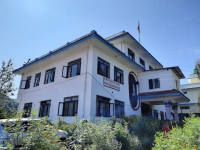


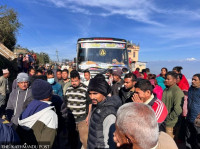


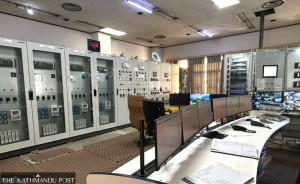
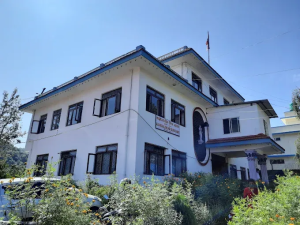
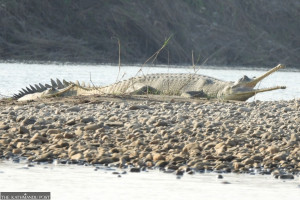


%20(1).jpg&w=300&height=200)

